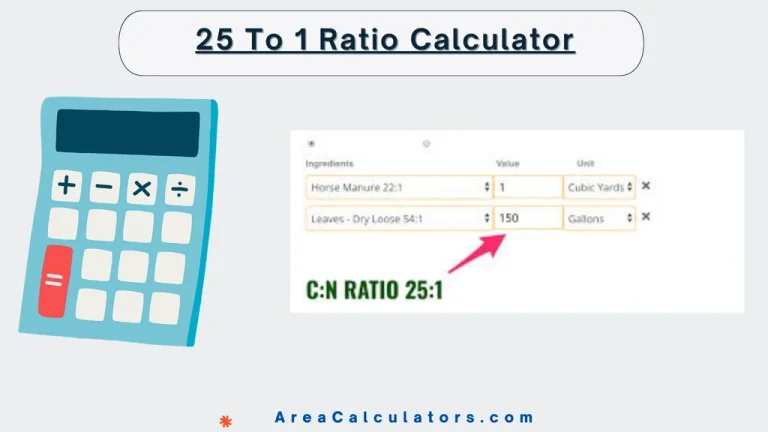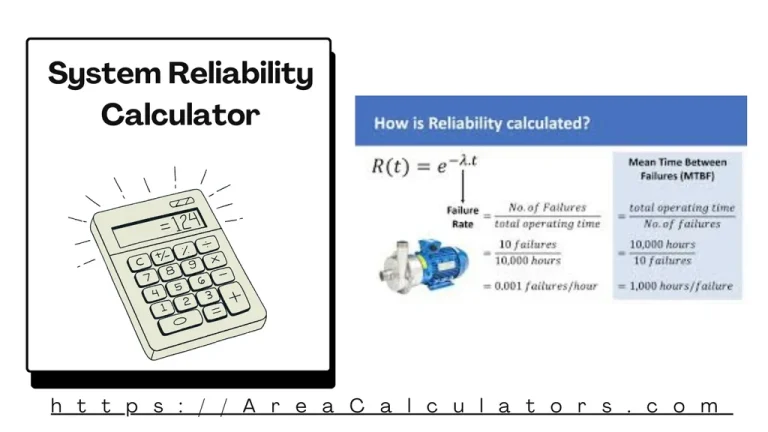Initial Velocity Calculator
To determine initial velocity, subtract the product of time and acceleration from the final velocity.
The Initial Velocity Calculator favors you to compute the starting speed of an object before it begins accelerating. Here in physics, it is imperative to know the initial velocity, mainly in motion and projectile calculations.
The reason is, it sets the stage for understanding overall speed and distance traveled. Indeed, this calculator is versatile. Its versatility makes it simple to find initial velocity based on time, final velocity, and acceleration values.
Formula:
| Variable | Description |
|---|---|
| Initial Velocity | |
| Final Velocity | |
| Time | |
| Acceleration |
Solved Calculations:
Example 1:
| Step | Calculation |
|---|---|
| Final Velocity () | 50 m/s |
| Time () | 5 s |
| Acceleration () | 2 m/s² |
| Initial Velocity () | m/s |
Answer: The initial velocity is 40 m/s.
Example 2:
| Step | Calculation |
|---|---|
| Final Velocity () | 30 m/s |
| Time () | 4 s |
| Acceleration () | 3 m/s² |
| Initial Velocity () | m/s |
Answer: The initial velocity is 18 m/s.
What is an Initial Velocity Calculator?
The Initial Velocity Calculator is a customized tool. It aids in finding the starting speed of an object. This metric is significant in solving various physics and projectile motion problems. To calculate it, the calculator requires key parameters like distance, time, and acceleration to compute initial velocity.
This measurement is needful when analyzing motion along a straight path or at an angle in projectile problems. Just feed in the values such as final velocity or displacement, you can instantly calculate initial speed, which saves time on complex manual calculations.
In physics, understanding initial velocity is crucial for predicting an object’s trajectory. Majorly, in projectile motion, where initial speed and launch angle determine the range and height. To add more, this calculator also caters to scenarios where only partial data is available.
This function makes it versatile for tasks like determining initial speed without knowing time or acceleration. Additionally, it provides accurate results across units, supporting conversions for compatibility in varied applications.
Final Words:
Let’s conclude this by saying that, the Initial Velocity Calculator simplifies complex velocity calculations, making it valuable for physics students, engineers, and anyone dealing with motion equations.





